| |
|
Chronic otitis media caused by Dust mite Allergies?
Chronic otitis media can be caused by an allergy to the house dust mites. Doctors have recognized that the risk exists and that children, suffering from allergy, can be vulnerable to symptoms of temporary deafness cause by this condition. The risk of untreated glue ear is in social, educational development and self esteem.
The nose is connected to the ear by the Eustachian tube. The function of this tube is to help balance the air pressure on the inside of the eardrum. It also drains away any fluids produced by the ear itself. The tube can become dysfunctional when blocked by mucus from the nose, causing the air in the middle ear to be trapped. This air is replaced by a stick secretion, which adheres to the small bones that are essential for hearing. This effect may lead to degrees of deafness. The condition is referred to as ‘glue ear’. In very young children noticeable scratching or pulling at their ears may be a symptom of glue ear. It is important to identify an allergy to house dust mites so that it can be dealt with in the appropriate manner.
|
|
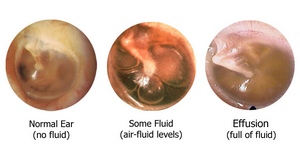 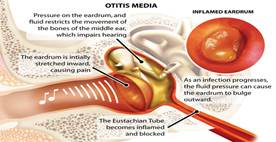 
|
|
| |
|
What are allergy and asthma?
Asthma and allergies often go hand-in-hand. Asthma is a disease of the branches of the windpipe (bronchial tubes), which carry air in and out of the lungs.
Allergic asthma is a type of asthma that is triggered by an allergy (for example, pollen or mold spores). According to the American Academy of Allergy, Asthma and Immunology, half of the 20 million Americans with asthma have allergic asthma.
What Are the Early Warning Signs of an Asthma Attack?
Early warning signs start before the more prominent symptoms of asthma and are the earliest signs that a person's asthma isworsening. Early warning signs and symptoms of an asthma attack include:
•Frequent cough, especially at night
•Losing your breath easily or shortness of breath
•Feeling very tired or weak when exercising, in addition to wheezing, coughing, or shortness of breath
•Decreases or changes in peak expiratory flow, a measurement of how fast air comes out of the lungs when you exhale forcefully
•Signs of a cold or other upper respiratory infections, or allergies
•Difficulty sleeping
•Wheezing
•Chest tightness, pain, or pressure
If you have any of these asthma symptoms, seek our anti-dust mite service as soon as possible to prevent experiencing a severe asthma attack. |
|
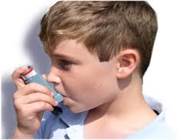 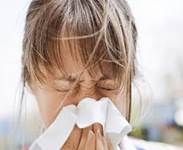

|
|
| |
|
What is allergic rhinitis?
Allergic rhinitis, often called allergies or hay fever, occurs when your immune system overreacts to particles in the air that you breathe-you are allergic to them. Your immune system attacks the particles in your body, causing symptoms such as sneezing and a runny nose. The particles are called allergens, which simply means they can cause an allergic reaction.
People with allergies usually have symptoms for many years. You may have symptoms often during the year, or just at certain times. You also may get other problems such as sinusitis and ear infections as a result of your allergies.
What are the symptoms of allergic rhinitis?
•Sneezing again and again, especially after you wake up in the morning.
•Having a runny nose and postnasal drip. The drainage from a runny nose caused by allergies is usually clear and thin. But it may become thicker and cloudy or yellowish if you get a nasal or sinus infection.
- Tearing eyes.
- Itchy nose, mouth, eyes, throat, skin, or any area
Which allergens commonly cause allergic rhinitis?
Many people have allergies to dust mites, animal dander, cockroaches, and mold as well. If you are allergic to pollens, you may have symptoms only at certain times of the year. If you are allergic to dust mites and indoor allergens, you may have symptoms all the time.
How is it treated?
There is no cure for allergic rhinitis. One of the best things you can do is to avoid the things that cause your allergies. You can ask us to deep clean your house regularly to get rid of dust, animal dander, or molds. |
|
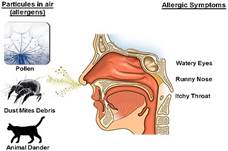 
|
|
| |
|
What are dust mites?
Dust mites are very small, oval in shape, have eight legs and are a cream color. Dust mites have sticky pads on their feet that enable them to burrow into almost any kind of fiber in your home. Dust mites feed on the skin that is shed by humans as well as fingernails and hair. They also eat animal fur, bacteria, fungi and pollen.
Live dust mites videos can be seen at our facebook page, simply click our web site to find it out!
|
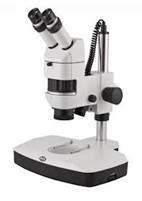 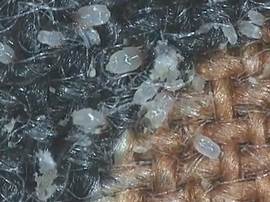 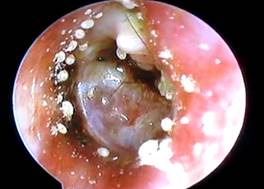 |

|
|
| |
|
What is Allergic Bronchitis?
When bronchitis is triggered by an allergic reaction instead of by a cold or the flu, it is called allergic bronchitis. Like common bronchitis, allergic bronchitis is accompanied by a cough that produces green or yellow mucus. It may also involve a slight fever, chills and a sore chest or throat.
Signs and symptoms of Allergic Bronchitis include:
- Wheezing
- Shortness of breath
- Coughing
Which allergens commonly cause allergic Bronchitis?
The most common causes of allergic bronchitis are commonly found in people's homes. Besides pollen, many people find that their allergic bronchitis is triggered when they breathe in debris left by cockroaches, mold spores, animal dander, dust or dust mites. If you have any of these allergic symptoms, seek our anti-dust mite service as soon as possible to prevent experiencing a severe allergic attack.
|
|
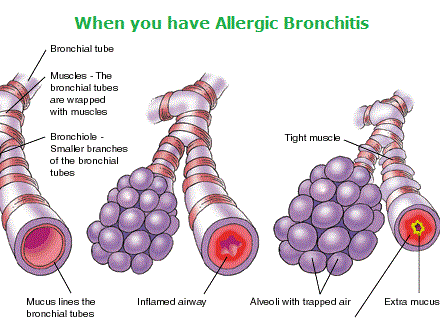
|
 |
|
| |
|
What is eczema?
It is very common for eczema to occur as a result of irritants in the environment you are in direct contact with. The major indoor contributing allergen to eczema is the dust mite protein. Approximately ten percent of the general public develops an allergy to dust mites. The most widespread form of eczema- atopic dermatitis.
Signs and symptoms of atopic dermatitis (eczema) include:
•Red to brownish-gray colored patches
•Itching, which may be severe, especially at night
•Small, raised bumps, which may leak fluid and crust over when scratched
•Thickened, cracked or scaly skin
•Raw, sensitive skin from scratching
Though the patches can occur anywhere, they most often appear on the hands and feet, in the front of the bend of the elbow, behind the knees, and on the ankles, wrists, face, neck and upper chest. Atopic dermatitis can also affect the skin around the eyes, including your eyelids. Scratching can cause redness and swelling around the eyes.
Atopic dermatitis most often begins in childhood before age 5 and may persist into adulthood. For some, it flares periodically and then subsides for a time, even up to several years. Itching may be severe, and scratching the rash can make it even itchier and cause
more inflammation. Once the skin barrier is broken, the skin can become infected by bacteria, especially Staphylococcus aureus, which commonly live on the skin. Breaking this itch-scratch cycle can be challenging.
|
|
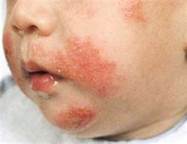 
|
|
| |
| |
| |
 |
|

